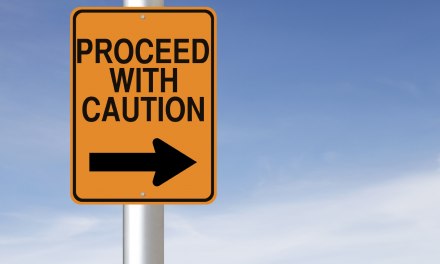I was talking to a patient who said he’d visited a local family clinic three times in the past year for drinking-related problems and the physician never once mentioned that he needed treatment. As an addictions professional, I find this very disturbing. Think how much good could be done if medical doctors took the time to recognize and refer addicts to treatment. I remember they used to talk about how med students only got four hours of training on alcoholism in med school, and then spent the rest of their careers dealing with alcoholics in their practice. Can’t something be done to improve that?”
Addiction professionals have been suggesting it for decades. And not just about the office practice. I recall a doc who presented to the medical staff some years back, describing several cases where a patient had gone to the ER with clear indications of severe alcohol or drug problems, yet treatment was never recommended. He revealed that all five cases actually involved the same patient, and finished with the really disturbing part: he had been that patient. Wasn’t until he attempted suicide that somebody tried to get him into treatment for addiction.
Nonetheless, the impression I get is that training has improved in most medical schools. ASAM, the physicians group, gets some credit for that. New grads are much better prepared than before.
Still, it’s not exactly rare to hear tales like the one you heard.
Part of the problem is time pressure. I read that a typical physician can expect to see somewhere between 4000-6000 patient visits a year. Divide that over 5 days a week, 52 weeks a year, minus 2 weeks vacation, 6 annual holidays — I’m not allowing for sick days (maybe that’s what they mean by ‘physician, heal thyself’) – let’s round it off to 240 available workdays.
So five thousand patient visits means the doc needs to see about 21 per day. Even with 15 minute visits, I imagine she can only treat 3 per hour, what with progress notes, conferring with staff, reviewing orders, etc. So she needs a minimum of about 7 hours devoted to seeing patients. Then there’s lunch. What if she has some patients to see in the hospital? Additional paperwork? Phone conferences with colleagues? The extra patient with no appointment who needs to be seen today?
I’m trying to imagine doing all that in less than 9 or 10 hours.
Of course the doc can still provide valuable info about addiction to a patient. But it does reduce her incentive to do so, especially if the patient is at all reluctant to receive that information. There’s always another patient waiting to be seen, for a problem that’s perhaps more in line with the physician’s training.
Seems to me we really have larded up the physician’s time with extra demands. That’s one reason for the growth of nurse practitioners and physician assistants to perform some of the same functions.
But you can see why it’s so difficult to get practicing physicians to take on additional responsibilities.













